The Weird, Wacky & Wonderful: Western Australia’s most unique tourism attractions
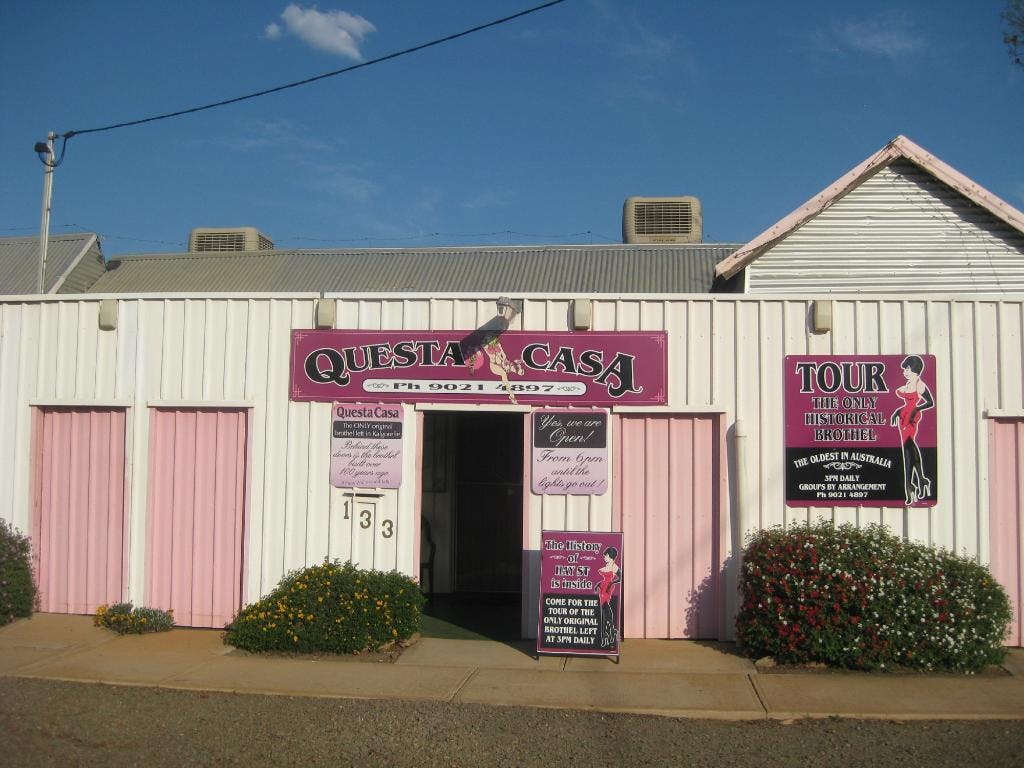
Western Australia ain’t short on world class tourist attractions, from our beautiful beaches to the spectacular landscapes and everything in between.
But what about the stuff you won’t find on most travel brochures? The curious and curiouser…
Here’s a selection of our favourite weird, wonderful and wacky spots to visit around Western Australia:
Gnomesville
An ever-expanding community of gnomes… Really! No one seems to be all that clear on Gnomesville’s origins, with some saying a gnome was placed there in protest of a new roundabout, others saying it was the random appearance of one gnome that started it all. In any case, as people have added to the collection one by one, the gnomes have since grown to a population of 10,000 – with classic garden gnomes, raunchy gnomes, commemorative gnomes and every type of gnome you can imagine, brought from every corner of the globe. Anyone can leave a gnome, bringing one from home or picking one up at the nearby Ferguson Valley Visitor Centre – find out more here.
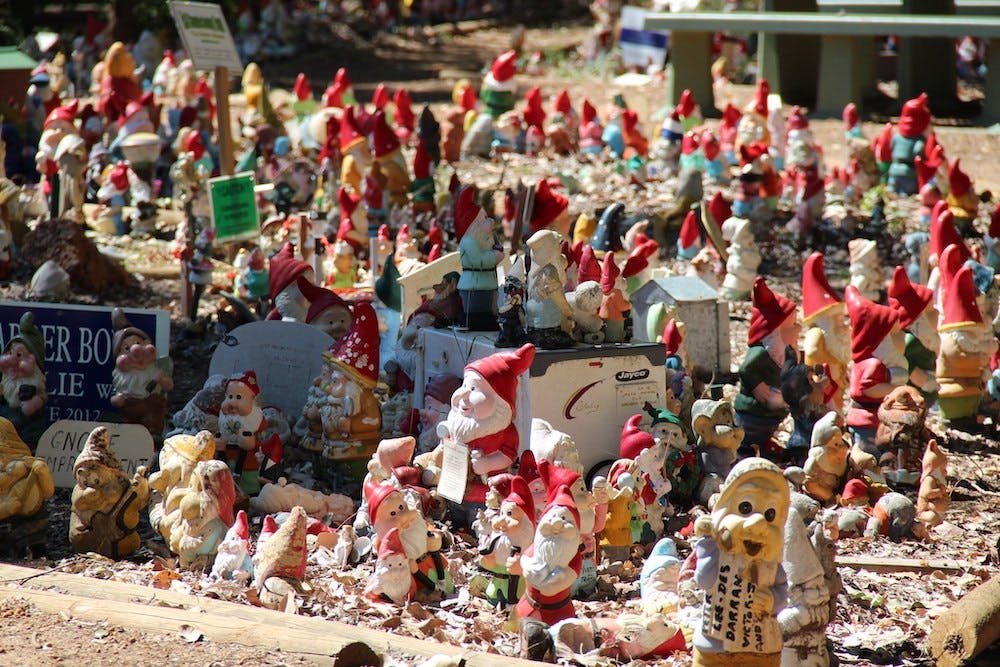
Questa Casa
Kalgoorlie’s iconic Hay Street is rich in all kinds of history, one of which its status as home to one of the world’s oldest working brothels. Questa Casa is one of the last original brothels in Kalgoorlie, built during the gold rush years of the 1890s, and if you’re in town you can pop in for a guided tour. They go for just over an hour and offer an incredible insight into what life was like for the ladies who worked there. Tours operate daily from 3pm, your best bet is to book ahead.

Stonehenge (Esperance)
Perhaps one of the Australia’s most odd/uncalled for tourist attractions, Esperance Stonehenge is the only full-size replica of the UK’s world-famous landmark. Consisting of 137 stones of Esperance Pink Granite, the horseshoe shape was built to align with the summer and winter solstice down in Esperance. It’s located on a working farm just outside of Esperance and is open from 9am every day (except Christmas Day), and is well worth a visit.
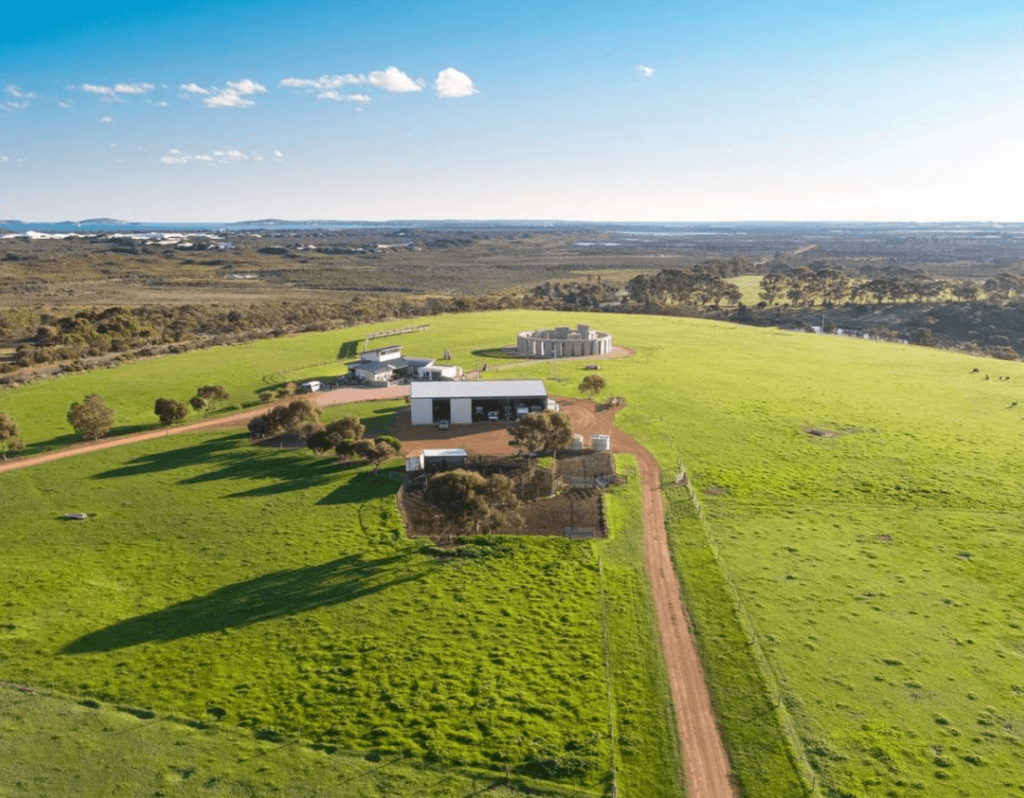
World’s Tallest Bin
Another Kalgoorlie curiosity, self-proclaimed World’s Tallest Bin is located on Hannan Street across from the Federal Hotel, climbing 26 feet into the air. First built in 1980, it was built by locals to as a reminder to the town to keep the streets clean as part of Kalgoorlie’s entry into the Tidy Town competition. Perhaps unsurprisingly, it has never quite reached world famous status, but it’s none-the-less a weird little (big) attraction to visit once you’ve clocked the Questa Casa.
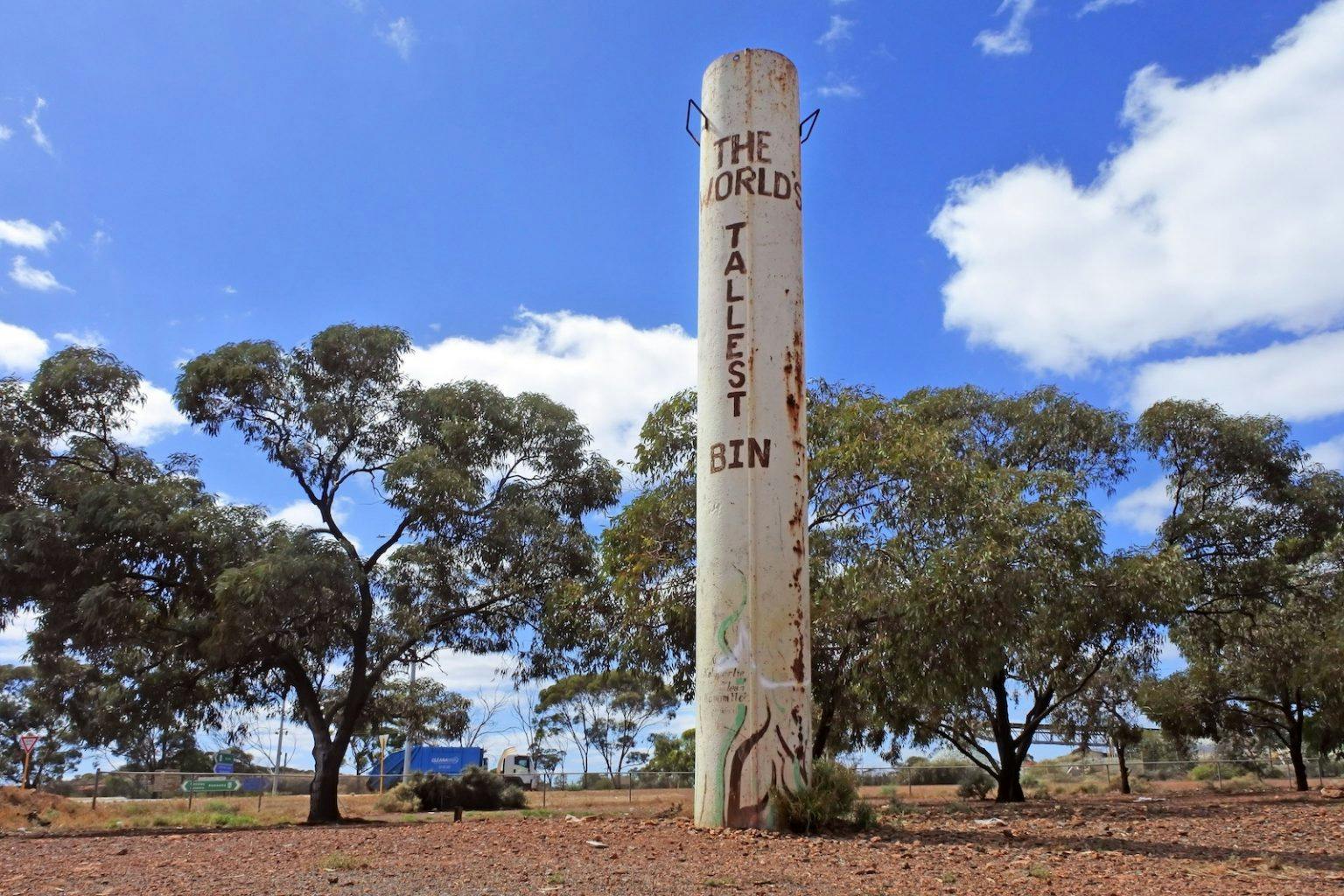
Corrigin Dog Cemetery
WA is home to a few weird attractions leaning into the macabre, but Corrigin’s beloved Dog Cemetery definitely errs towards the more beautiful end of the spectrum. Established in 1974, this loving tribute to man’s best friend is home to over 200 cared-for canines who’ve gone to puppy heaven, and it’s well worth taking the time to wander through the cemetery and read the headstones. It’s located five kilometres out of Corrigin – keep your eyes peeled for the big dog statue.
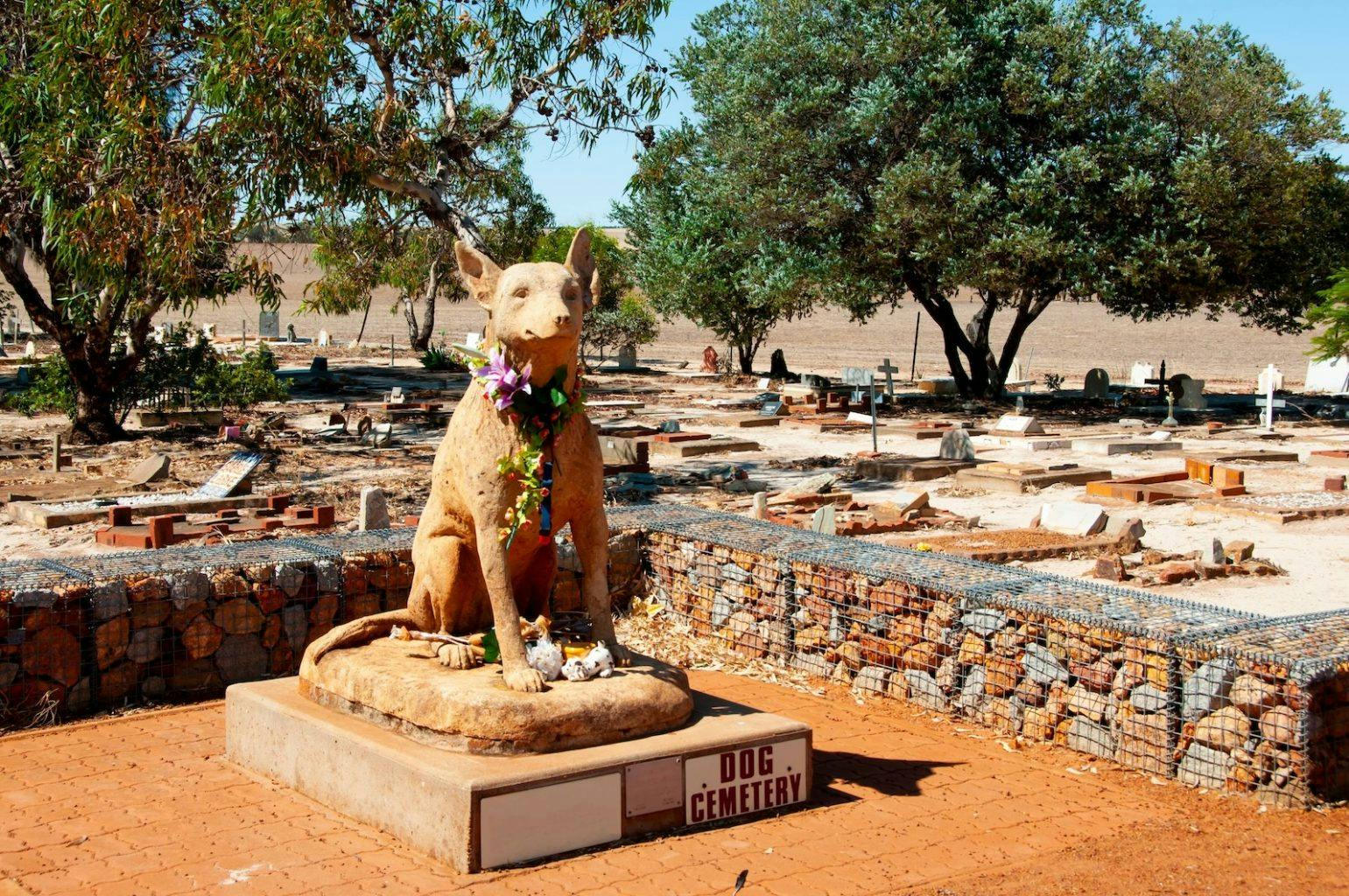
Nullabor Links
A golf course that takes towns to traverse, Nullabor LInks is a unique 18-hole, par 72 golf course that spans almost 1,400 kilometres between Kalgoorlie and Ceduna in South Australia! In each participating town between the two you’ll find a hole to play with a tee box, rugged outback fairway and green. You don’t need your own clubs either, with equipment available for hire at each town along the journey – head to nullaborlinks.com for more info.
The Big Camera (Museum)
WA’s “only museum totally dedicated to photography” also just so happens to be its biggest. Located along the Great Eastern Highway in Meckering, it might also be home to the largest collection of working cameras in the southern hemisphere (over 3000), some of which date back before photography was even invented! A must-visit for any photography buff, it’s open Friday-Tuesday from 9am to 5pm.
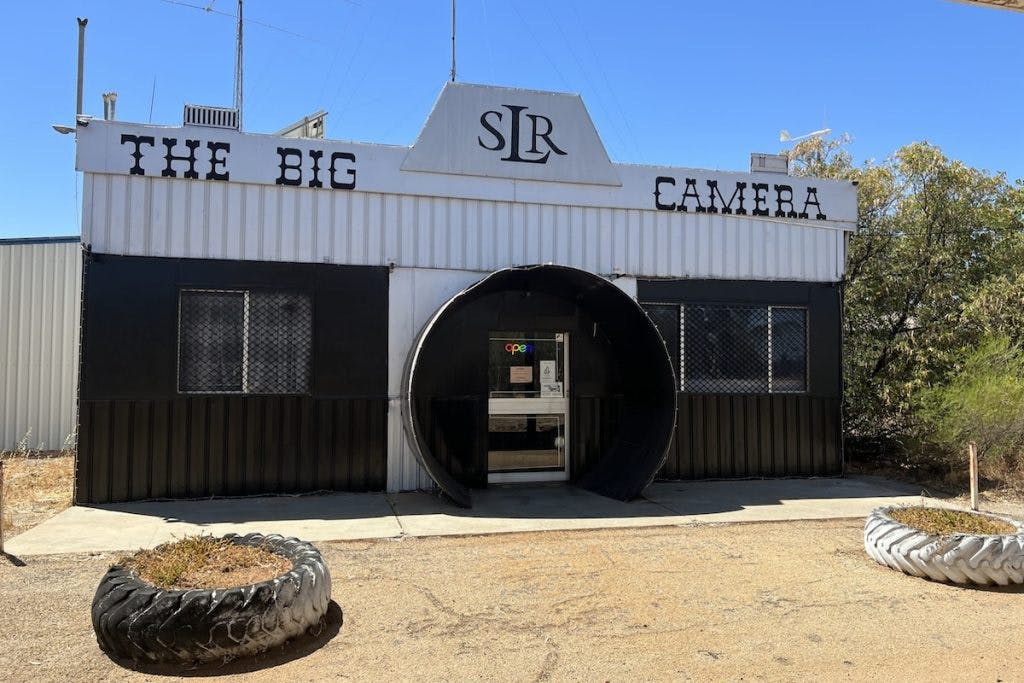
Cowaramup Cows
These life-sized Friesian cow replicas are probably good for just a drive-by, although they are a great excuse to pop into the quaint country town that is Cowaramup, between Yallingup and Margaret River. A community project that mooooved into the town in 2012, the herd is 42-strong at last count, celebrated each year around mid-July at the Cow Town Birthday Party. The Deja Moo LegenDiary Country Fair is a fun day out for the whole family on the middle Saturday of the July school holidays.
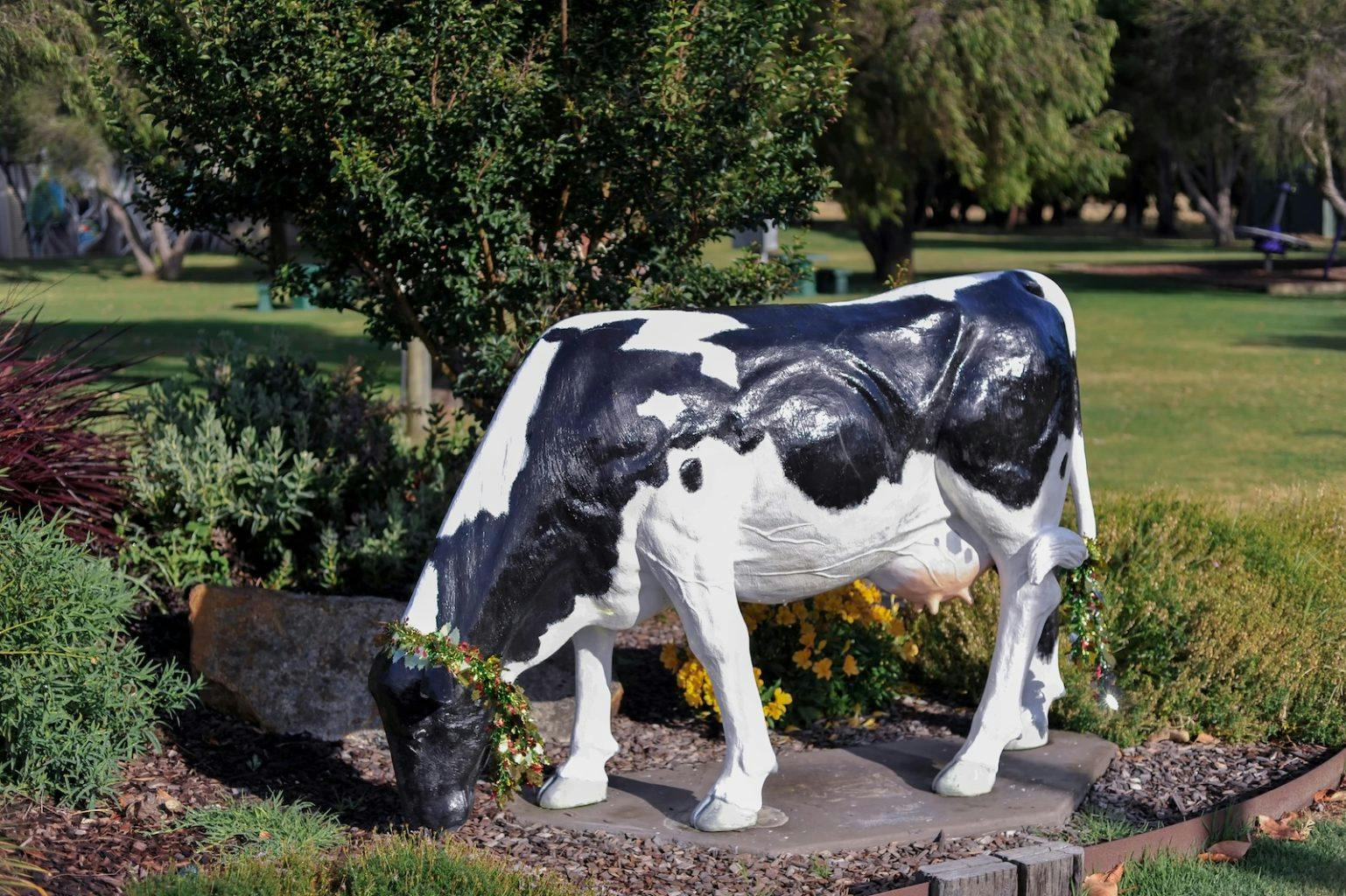
Tin Horse Highway
From fibreglass cows to tin horses, Western Australia really does have it all! If you’re doing the golden outback region a drive along the Tin Horse Highway is a must-do, conquering this quirky collection of tin horses that line a 12-kilometre stretch of road through Kulin. The horses reflect an array of themes, made by locals and offering an insight into the sense of humour that permeates the Wheatbelt region. This is a handy guide to help you visit them all.
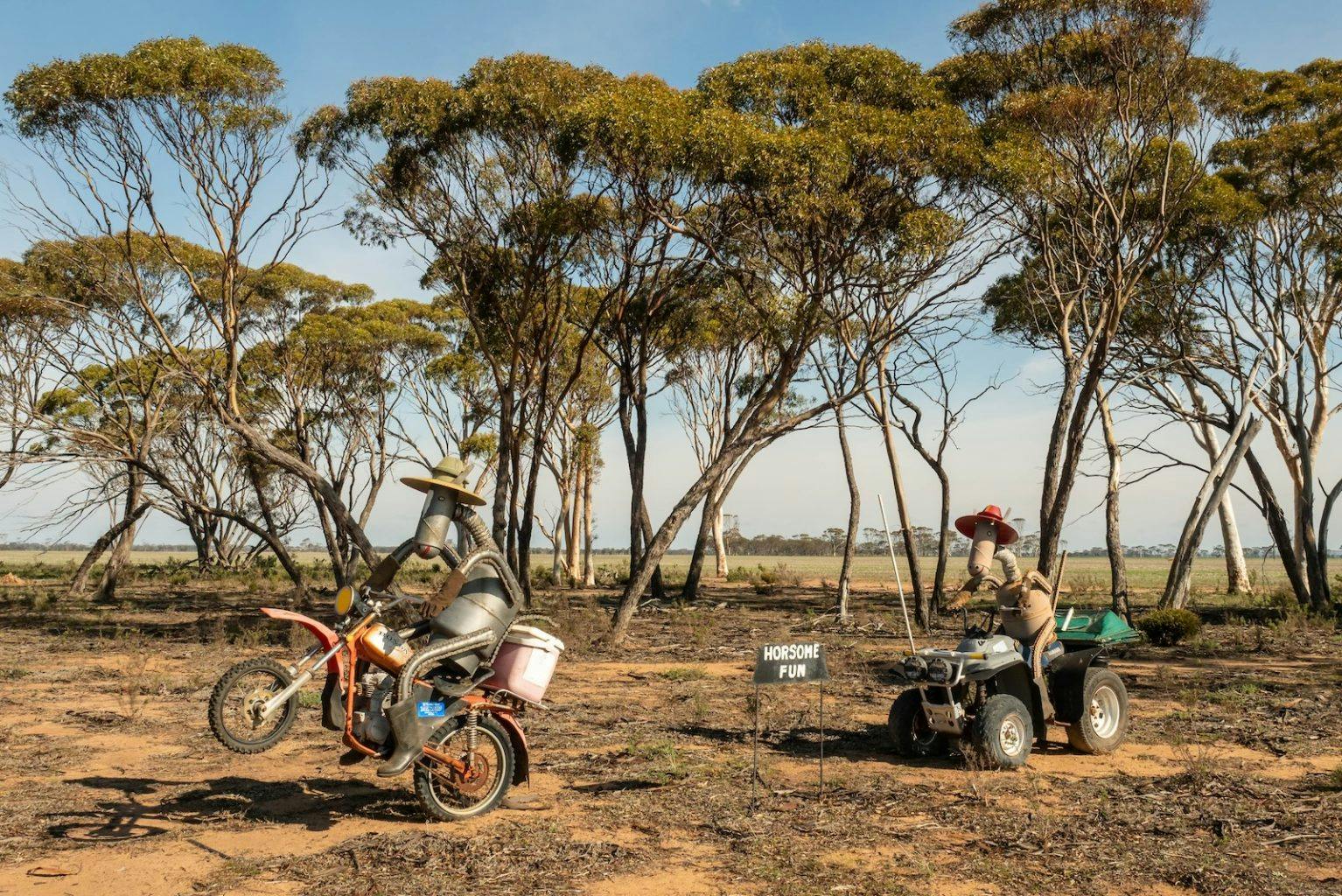
Goldfieds Ghost Towns
The Goldfields region is littered with ghost towns, places like Gwalia and Cossack that were established to capitalise on the minerals booms of the early days before being abandoned. While ghosts are not guaranteed, it’s a fascinating look into the past. Gwalia in particular is a must-do, and this article lays out a few more for you.
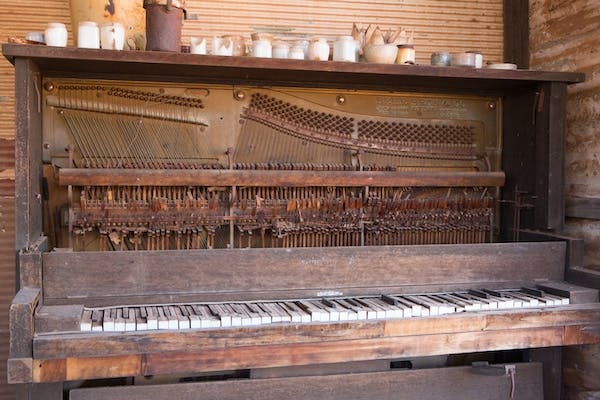
Wolfe Creek Crater
The Wolfe Creek crater is the second largest meteorite crater – also known as an astrobleme – in the world. It’s hard to get a sense of scale just from photos, but this bad boy is big, and old. Up until 2019, it was believed that it was a whopping 300,000 years old, until new scientific dating techniques allowed for an amended estimation of 120,000 years. Which, to be fair, is still pretty darn old. Spanning 880m in diameter, it’s posited that the crater was formed by a 15m wide iron meteor, the impact of which would have had 30 to 40 times the energy of the bomb dropped on Hiroshima.
Subscribe to our free newsletter!
The crater is 60m deep at its deepest, with the outer ridge 35m above the surrounding desert. Unlike many other meteorite craters in the world, Wolfe Creek’s is remarkably well-preserved because of Australia’s geologically-stable desert, with low erosion rates perfect for keeping structures like craters intact. The centre of the crater is much more green with vegetation because the gully collects water – although high evaporation means the area is highly saline.
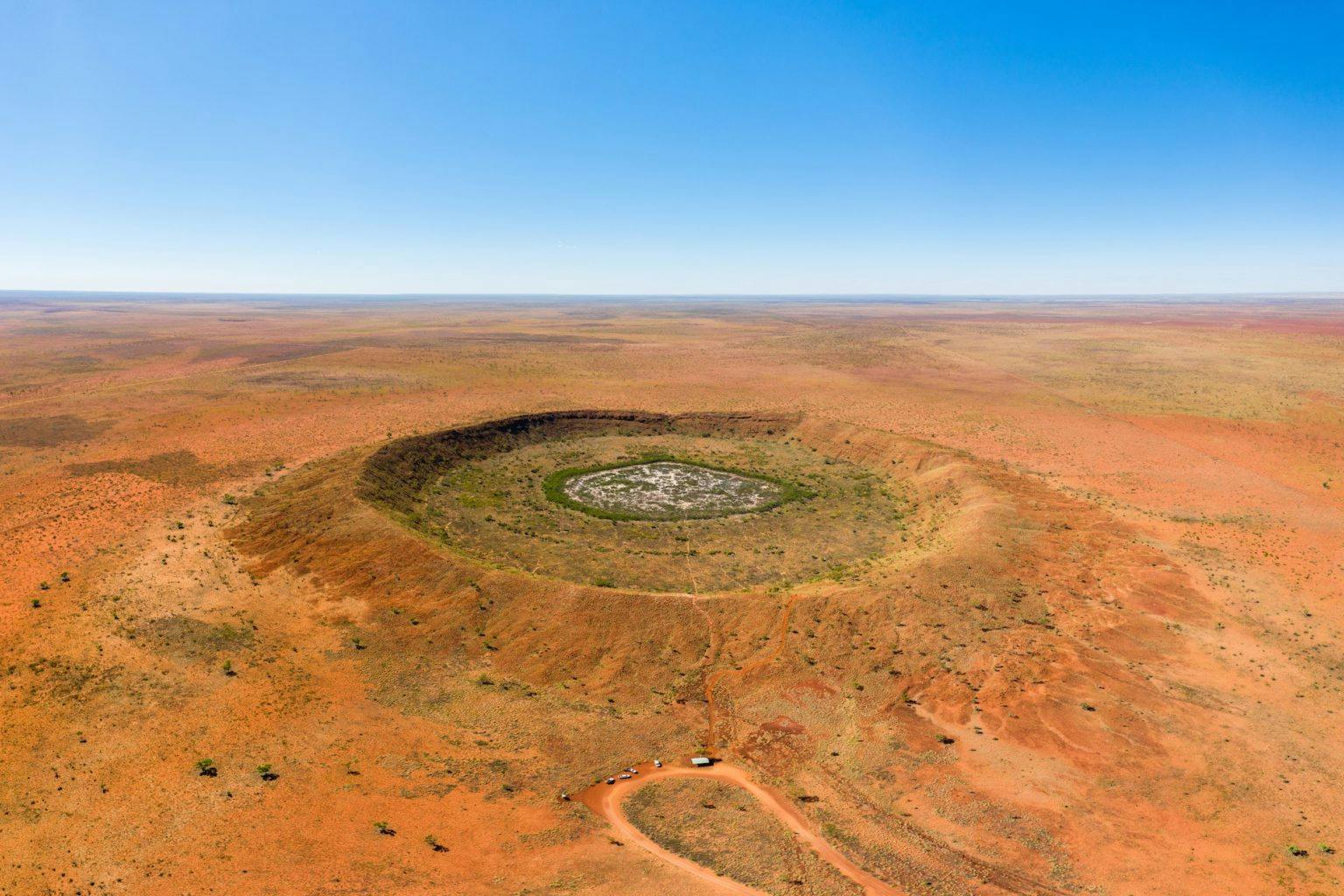
Kalamunda Fairy Door Trail
Much like their kindred spirits the gnomes, the fairies of Kalamunda have tiny little houses all over the place in the Perth Hills. And while you can’t see inside of them, you can find their gorgeous little fairy doors hiding near business entrances around town, making for a fun little trail for the kids to try and find them all. If you’re keen to get searching, the Find a Fairy Kalamunda Facebook page is a great start.
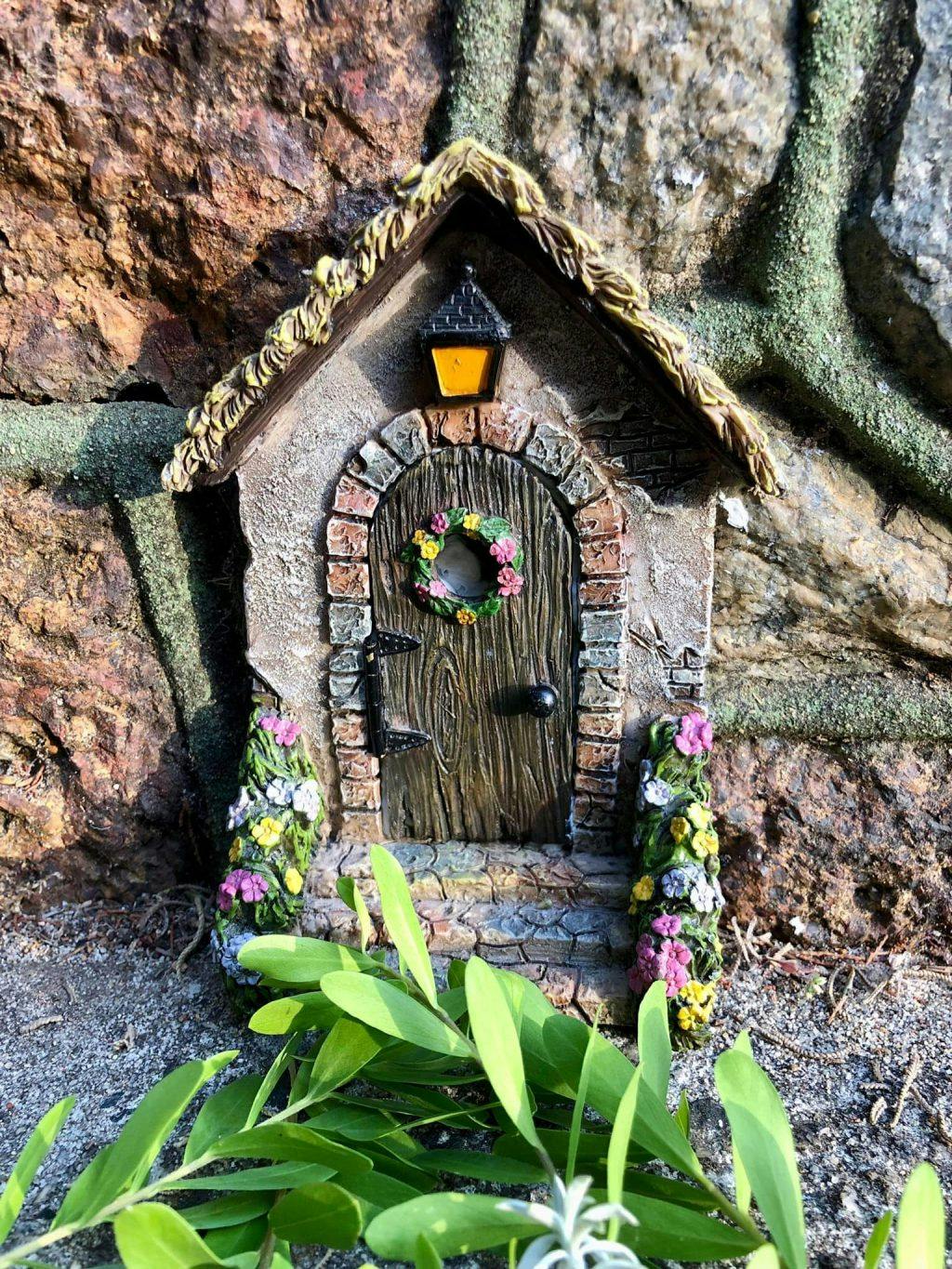
Lake Preston Lime Campgrounds
Lake Preston Lime campground is a wonderful little campground just under an hour-and-a-half from Perth. It’s actually a working property (limestone mining), but the owners have opened it up to the public as a camping spot – though it’s important to note you’ll need to be self-contained as there are limited on-site amenities. What they do have though is a heap of weird and wonderful little attractions to explore. Things like old boats, large machinery, farm animals, an empty airplane you can sit in and the pièce de résistance – a replica hobbit house you can chill out in! Dogs are also allowed but must be kept on a leash at all times.
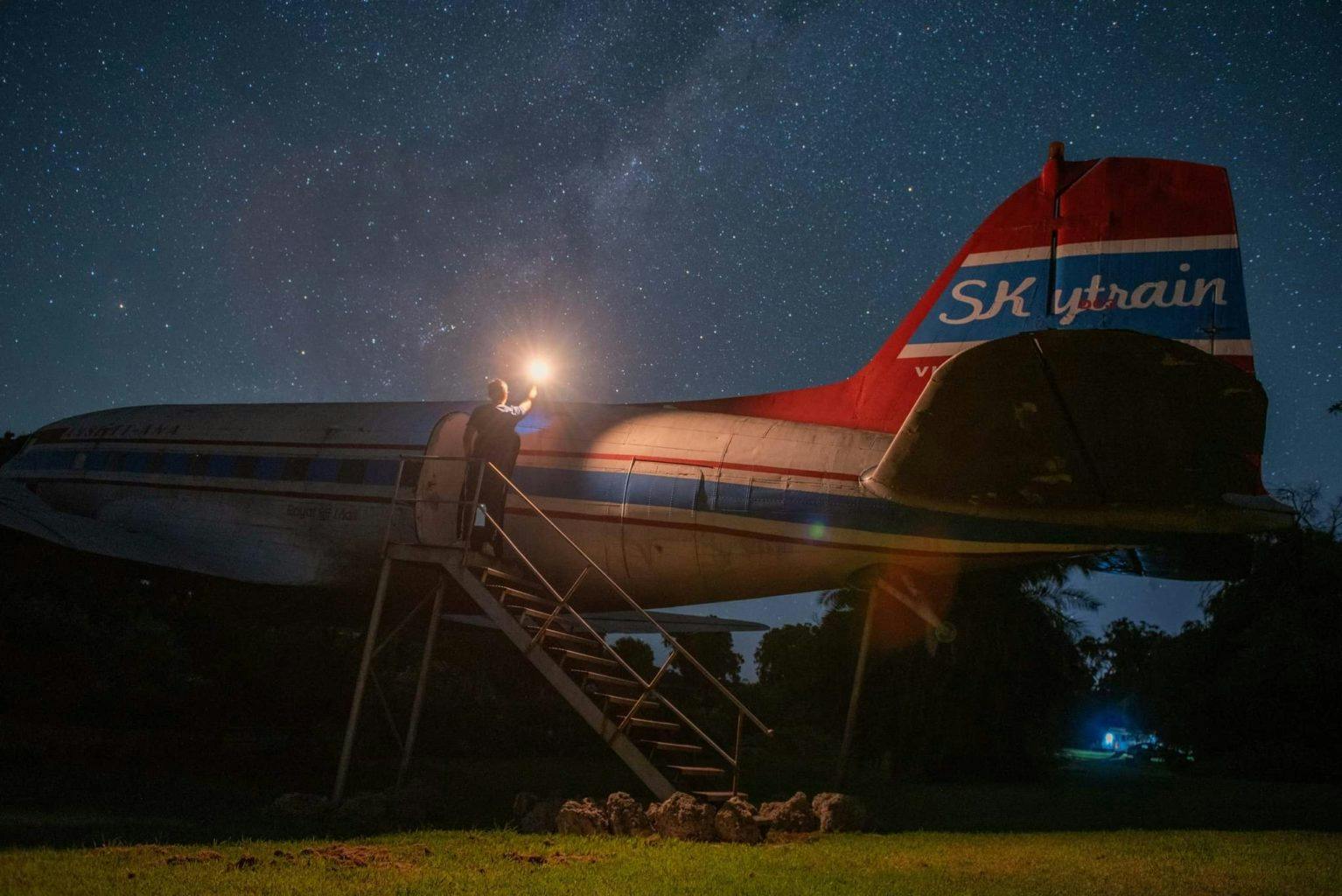
Atlantis Marine Park
Many of us have visited the now-crumbling and graffitied statue of King Neptune that still stands at Two Rocks, however Atlantis Marine Park was originally a symbol of WA’s glittering, ’80s potential. The park was planned as part of Alan Bond’s ambitious Yanchep Sun City project – a sun-drenched holiday destination and satellite city to support a booming economy, and with it a booming population and tourism industry. Opening on Boxing Day, 1981, the park was a partnership between Bond and the Japan-based Tokyu Corporation. Six months prior to opening, seven local bottlenose dolphins were captured and trained to perform in live shows – six of which would be there until the park’s eventual closure in 1990. Learn more about its history here.
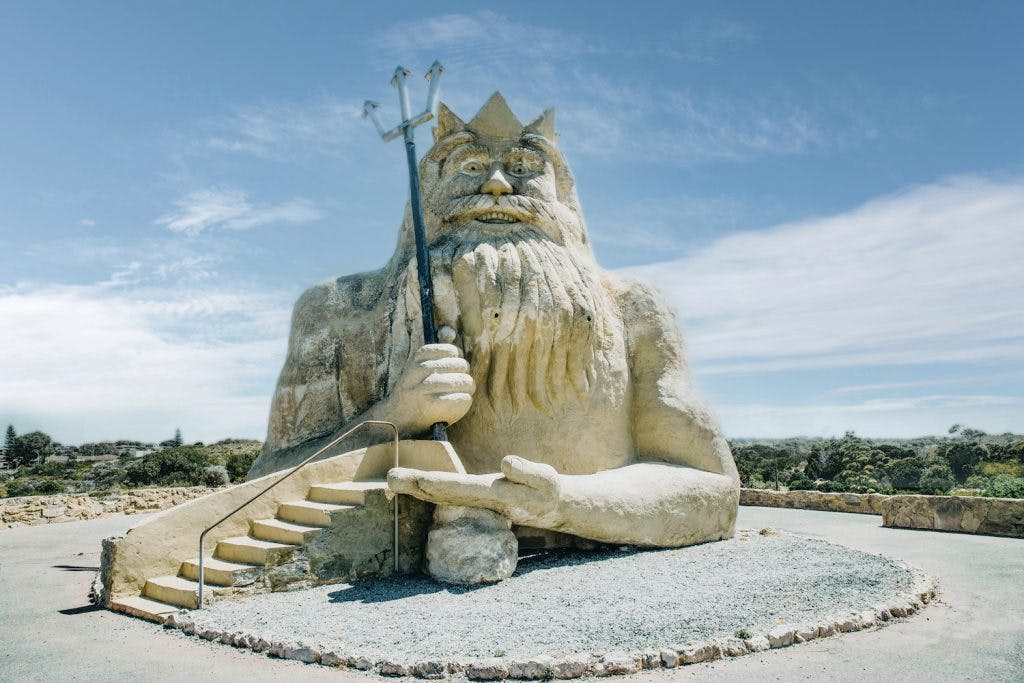
Header Image Credit: Questa Casa